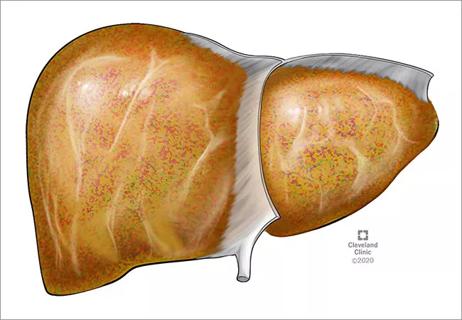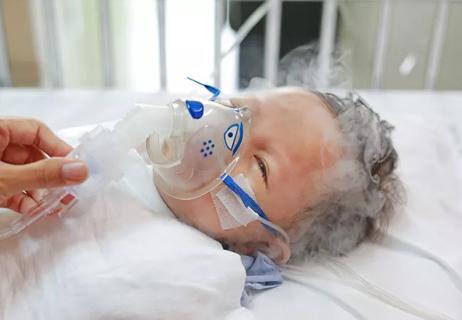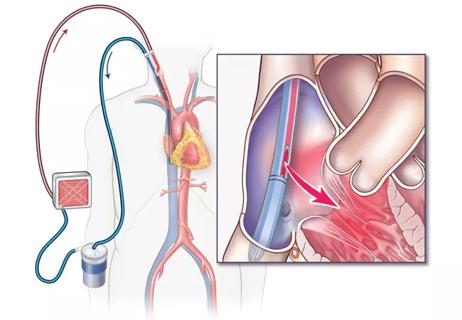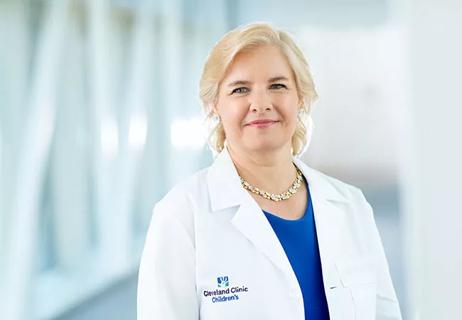Exploring avoidant/restrictive food intake disorder (ARFID)

Cleveland Clinic is a non-profit academic medical center. Advertising on our site helps support our mission. We do not endorse non-Cleveland Clinic products or services. Policy

Building on its recent pioneering work defining avoidant/restrictive food intake disorder (ARFID),1 the National Eating Disorder Quality Improvement Collaborative (NEDQIC) is adding nuance to both the diagnostic process and the medical and psychological management of eating disorders in adolescents and young adults (see summary at end of this article). Cleveland Clinic Children’s is proud to be a member of this group of 14 adolescent medicine-based eating disorder programs.
This article reviews some essential insights from the NEDQIC’s work relating to ARFID and recaps how Cleveland Clinic Children’s has built on these insights with a novel study of ARFID in hospitalized adolescents and young adults.
Teens with this disorder have insufficient nutritional intake and, like their counterparts with anorexia nervosa (AN), experience significant weight loss or inadequate weight gain. However, whereas the motivation behind food avoidance in AN is to control weight, in ARFID it stems from other reasons.
ARFID’s etiology is varied. For instance, it can appear after scoliosis surgery in an adolescent adjusting to a stomach that is suddenly full-size who has to relearn how to eat. It may develop in a teen with a history of vomiting who starts avoiding food because he never wants to vomit again. ARFID can occur in youngsters who fear “getting fat,” who have problems with food textures, or who fear choking or believe that eating might hurt. It can likewise arise in teens with food allergies or who have simply been “picky” eaters since childhood.
ARFID can lead to serious medical complications in nutritionally depleted patients, with some requiring hospitalization to acutely stabilize them while refeeding is initiated. Once a child is medically stable, the treatment with the strongest evidence base is family-based refeeding, which involves families taking 100 percent ownership of the feeding process.
Pediatricians play a critical role as consultants to parents, providing medical assessments and treatments as well as guidance and feedback to help families sustain efforts to refeed their child.
Against the backdrop of this emerging understanding of ARFID, our Cleveland Clinic team performed a retrospective chart review comparing children, adolescents and young adults with ARFID and AN.2 It is thought to be the first study to assess an inpatient ARFID population.
Among the study cohort of 318 patients ages 9 to 25 years with eating disorders, all hospitalized for acute medical stabilization at Cleveland Clinic between 2008 and 2014, 13 percent (n = 41) met diagnostic criteria for ARFID, and 64 percent (n = 203) met diagnostic criteria for AN. However, ARFID’s share of the cases may be an underestimate since many ARFID patients are initially placed on medical services that may not recognize disordered eating.
ARFID patients were demographically and clinically distinct from those with AN and bulimia nervosa. In general, ARFID patients were younger and had fewer eating disorder related behaviors and less comorbidity, weight loss and bradycardia on admission than did patients with AN. About one in five had generalized anxiety, but they were less likely to have mood disorders (e.g., depression) relative to patients with AN.
During hospitalization, more than two-thirds of patients initially were fed at least 2,000 calories per day. Patients with ARFID were more likely to require enteral nutrition to achieve recommended caloric intake compared with those who had AN. Use of Cleveland Clinic’s inpatient nutritional insufficiency care path resulted in similar weight gain in the two groups. ARFID patients had longer hospital stays, with those patients who required enteral nutrition hospitalized twice as long as those who received oral nutrition. Readmission and remission rates were similar across the two diagnoses one year after discharge.
Physiologically, ARFID patients resemble patients with AN with respect to acute and chronic medical consequences of starvation. The challenge in treating ARFID revolves around a potential need for more specialized interventions, including desensitization to food, treatment of food aversion and other strategies for stress tolerance.
ARFID is a new diagnosis and often unrecognized by pediatricians. Pediatricians can learn to recognize ARFID early and be prepared to treat it or refer to adolescent medicine specialists as needed for acute medical care and to therapists well versed in the Maudsley method or parent-based refeeding. Further research is needed to (1) help answer pediatricians’ questions about how best to manage ARFID on both an inpatient and an outpatient basis, (2) determine the optimal approach to refeeding ARFID patients safely and efficiently in inpatient and outpatient settings and (3) identify appropriate long-term therapies to enhance recovery and prevent readmission.
Dr. Rome is Head of the Center for Adolescent Medicine in the Department of General Pediatrics.

Consider offering your patients enrollment in a leading-edge clinical study

Findings underscore need for early screening and close follow-up

Consider offering your patients enrollment in a leading-edge clinical study

Titanium dioxide nanoparticles exaggerate inflammation induced by RSV

Study supports using the direct thrombin inhibitor

Estimating risk remains elusive

The search for predictive factors continues

A conservation with Karen Murray, MD